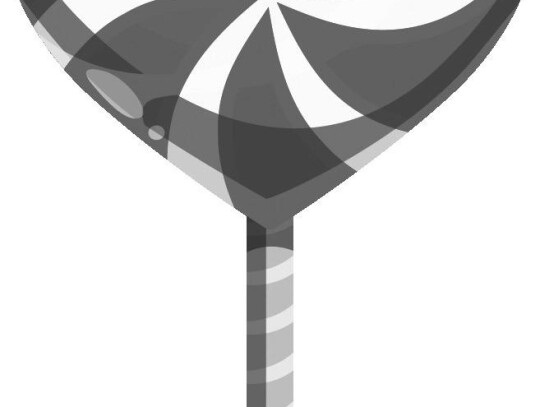Colostrum is the first milk produced from a cow after birth and is rich in nutrients and antibodies. It is very important for calves to get up and nurse shortly after birth so that they can receive colostrum, which gives passive immunity to the calf.
If a cow has a difficult birth, this may sometimes lead to a lack of readily available colostrum for the calf, or the calf may not be able to get up and vigorously suckle. The sooner they receive it the better. Some producers may be tempted to buy colostrum from a dairy or an outside herd.
However, those sources may carry diseases that can be passed through the colostrum. The main two diseases we worry about are Bovine leukosis and Johne’s disease.
So, that leaves you with buying the colostrum commercially from the store, or banking your own colostrum from your herd. Commercial colostrum replacements are not as good as real colostrum, but may end up being your only alternative as not many producers are lining up to milk colostrum from their own cows to bank for later use, for many good reasons. When a cow is not coming into her milk after a birth or the calf won’t stand to nurse, the commercial replacements are beneficial in ensuring that calves gets colostrum within a few hours of birth.
When administering colostrum to calves manually, there can be a risk to them, but there is an even bigger risk of not getting colostrum into them right away. When giving colostrum, know what you are doing, what you are feeling for, make sure you are in the right spot and that the calf is positioned correctly. When using a tube feeder, it is important that the feeder is used correctly to make sure the colostrum is put in the stomach and not in the lungs.
There is some danger with administering products with a tube feeder. Make sure you are gentle and don’t rush into it. It can be done wrong if not careful. For those who are not experienced in administering colostrum, ask someone to help, and watch to receive instructions until you feel comfortable administering it alone. It is important to avoid cross contamination, so clean tools thoroughly afterwards. There is no real negative of using commercial colostrum replacement, but don’t rush in and give the replacement to a calf that is doing pretty well.
Save the date for upcoming programs related to cattle and farm management. Feb. 20, will be “Cow-Calf & Risk Management” with KSRE Cow-Calf Specialist, Dr. Jason Warner and KSU Dept. of Ag Econ staff member, Dr. Jennifer Ifft. Meeting will be at the Eureka United Methodist Church, starting at 5:30 p.m with a meal and program to follow at 6 p.m. On March 21, there will be a “Pond Management Workshop” with KSRE Fisheries & Aquaculture Specialist, Dr. Joe Gerken. We will depart from the Sauder Center in Madison for pond tours at 5 p.m. with a meal and presentation to follow at 6:30 p.m. back at the Sauder Center.
Information comes from K-State University beef cattle experts with the Beef Cattle Institute: Dr. Bob Larson, and Dr. Brad White.
For more information regarding upcoming programs, Agriculture and Natural Resources, 4-H Youth Development, or K-State Research and Extension call the office at 620-583-7455, email me, Ben Sims, at benjam63@ ksu.edu, or stop by the office which is located inside the courthouse. Be sure to follow K-State Research and Extension- Greenwood County on Facebook for the most up-to-date information on Extension education programs and the Greenwood County 4-H program.



